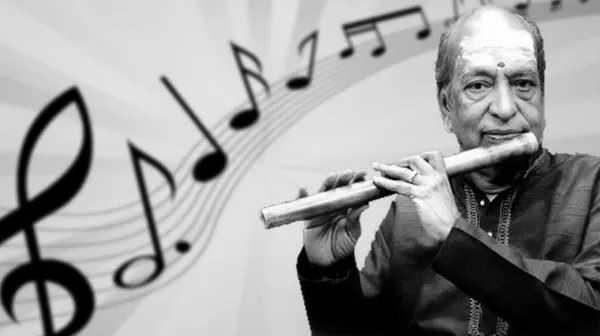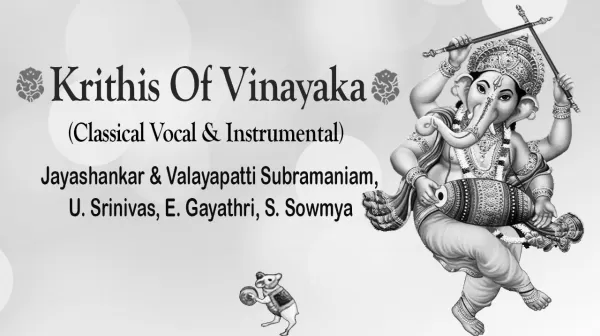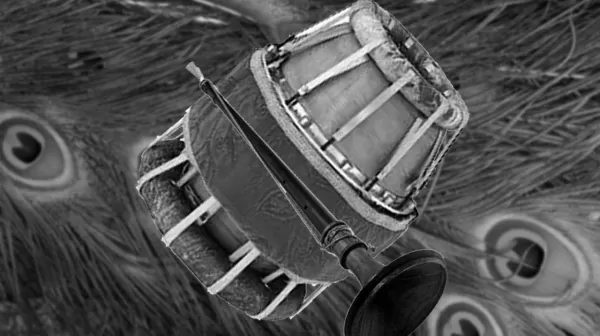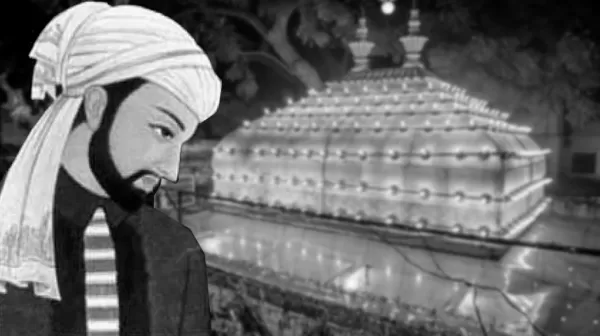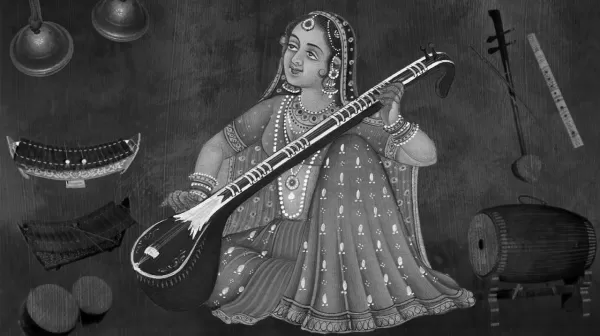Raga Charukesi,Yaman ❤️ Indian Classical Fusion – B.Sivaramakrishna Rao – Sitar Instrumental
Raga Charukesi,Yaman - Indian Classical Fusion –B.Sivaramakrishna Rao – Sitar Instrumental 00:03 - Ragmala - Charukesi,Yaman,Amruthavarshini,Hamir & Behag B.Sivaramakrishna Rao: B. Sivaramakrishna Rao is a musical genius to reckon with in Chennai. A child prodigy with tuneful genes, he has built on natural musical endowments to evolve into a multifariously talented performer and composer. A master of the queen of musical instruments, the Sitar, he plays Thyagaraja kritis with as much panache as a Hindustani Gat. This enables him to accompany an Padma Vibhushan Dr. M. Balamuralikrishna with the same verve and ease as he would entrance the audience of Hindustani Music. The sitar is a plucked stringed instrument, originating from the Indian subcontinent, used in Hindustani classical music. The instrument flourished under the Mughals, and it is named after a Persian instrument called the setar (meaning three strings). The sitar flourished in the 16th and 17th centuries and arrived at its present form in 18th-century India. It derives its distinctive timbre and resonance from sympathetic strings, bridge design, a long hollow neck and a gourd-shaped resonance chamber. In appearance, the sitar is similar to the tanpura, except that it has frets. Used widely throughout the Indian subcontinent, the sitar became popularly known in the wider world through the works of Ravi Shankar, beginning in the late 1950s and early 1960s. In the 1960s, a short-lived trend arose for the use of the sitar in Western popular music, with the instrument appearing on tracks by bands such as The Beatles, The Doors, The Rolling Stones and others. Subscribe to our Indian Classical Music Channel: https://goo.gl/D2hEjg #sitar #classical #indianclassicalmusic #raga #ragacharukesi #carnaticclassicalmusic #bsivaramakrishnarao #meditationragas
Playlist
Category
राग
- 8 views
संबंधित राग परिचय
चारुकेशी
राग चारुकेशी अपेक्षाकृत नया राग है जिसे दक्षिण भारतीय संगीत पद्धति से लिया गया है। यह बहुत ही मधुर राग है जिसे तीनों सप्तकों में बिना किसी रोक टोक के गाया जा सकता है। धैवत और निषाद कोमल होने के कारण यह राग उत्तरांग मे अनूठी सुन्दरता दर्शाता है।
इस राग में पंचम स्वर को कभी-कभी आरोह और अवरोह में छोड़ा जाता है जैसे - ग म ध१ प और प ध१ नि१ ध१ म ग रे। इस राग में कई रागों की छाया दिखाई देती है जैसे- सा रे ग म - नट अंग, ग म ध१ प - भैरव अंग, नि१ सा' रे' सा' ध१ ; ध१ नि१ रे सा' - दरबारी की छाया, रे ग म रे सा - नट भैरव अंग। इन सभी अंगों के मिश्रण से ही राग चारुकेशी का अपना स्वतंत्र अस्तित्व सामने आता है।
यह स्वर संगतियाँ राग चारुकेशी का रूप दर्शाती हैं - म ग रे ; ग रे सा ; ,नि१ ,ध१ सा ; सा रे ग म ; रे ग म रे सा ; ग म ध१ प ; म ग रे ; ग म प ध१ नि१ सा' ; ग म ध१ नि१ ; नि१ सा' ; नि१ सा' रे' सा' ध१ ; ध१ नि१ रे' सा' ; नि१ सा' नि१ ध१ प ; प ध१ नि१ ध१ म ; ग रे ग म रे सा ; ,नि१ ,ध१ ,नि१ रे सा ; म प ध१ नि१ सा' रे' ; सा' रे' ग' रे' ; ग' रे' नि१ ध१ सा' ; सा' नि१ ध१ प ; ध१ म ग रे ; ग म ध१ प ; ग म रे सा ; ,नि१ ,ध१ ,नि१ रे सा;
राग जाति
गायन वादन समय
राग
- Log in to post comments
- 12317 views

